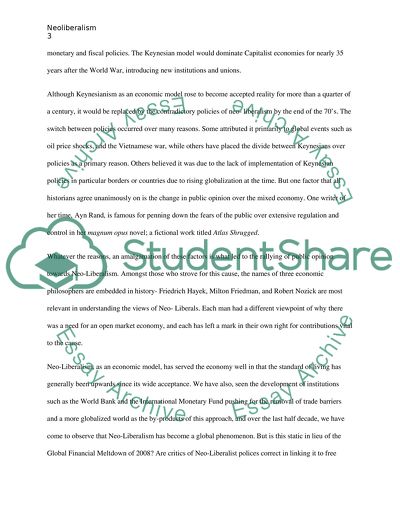Cite this document
(“Neo-Liberalism. How is it Related to Free Market Fundamentalism Essay”, n.d.)
Retrieved from https://studentshare.org/history/1397104-neo-liberalism-how-is-it-related-to-free-market-fundamentalism
Retrieved from https://studentshare.org/history/1397104-neo-liberalism-how-is-it-related-to-free-market-fundamentalism
(Neo-Liberalism. How Is It Related to Free Market Fundamentalism Essay)
https://studentshare.org/history/1397104-neo-liberalism-how-is-it-related-to-free-market-fundamentalism.
https://studentshare.org/history/1397104-neo-liberalism-how-is-it-related-to-free-market-fundamentalism.
“Neo-Liberalism. How Is It Related to Free Market Fundamentalism Essay”, n.d. https://studentshare.org/history/1397104-neo-liberalism-how-is-it-related-to-free-market-fundamentalism.


